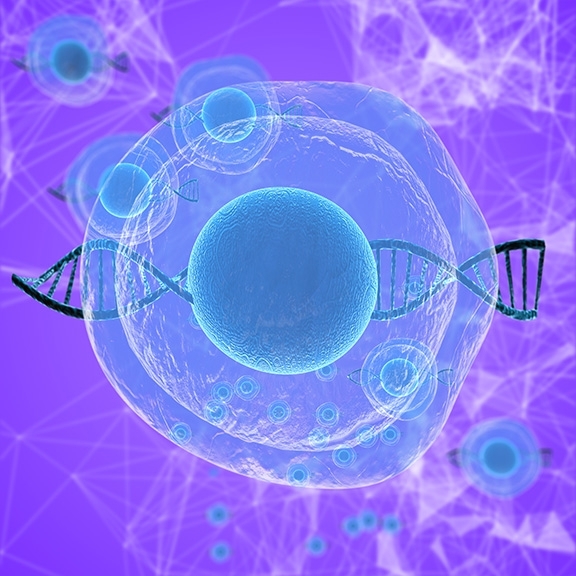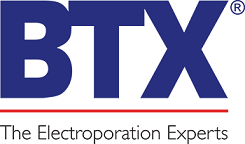Design Your Own Electroporation Protocol Episode 6 -
Optimizing Cell Density
By Michelle M. Ng, Ph. D.

Welcome to the sixth post in our series providing tips for developing and improving your electroporation method—Optimizing Cell Density.
Cell density can significantly affect transfection efficiency. Specifically, if the cells are too dilute or too dense at the time of harvest or at the time of transfection, then viability or efficiency may be compromised. Here are some guidelines to help achieve optimal cell densities by cell type.
Cell density recommendations for harvest:
- Mammalian cells should be grown to a density of 70 to 80% confluency for adherent cells, or 1 to 2 million cells per ml for suspension cells, prior to harvesting for electroporation.
- Bacteria should be grown up to mid-log phase (around OD600=0.5) prior to preparation of competent cells.
Cell density recommendations for electroporation:
- For mammalian cells, 5 to 10 million cells per ml is an optimal cell density range for electroporation of most mammalian cells.
- Self-prepared bacterial competent cells are typically in the density range of 1 X 10¹¹ to 1 X 10¹² cells per ml.
Consider running a titration experiment to determine the optimal number of cells to use. To do this, simply test a range of cell densities while keeping the transfectant amount, buffer type, and pulse generator settings the same. At the completion of the experiment, assess the transfection efficiency and cell viability for each cell density.
Stay tuned for our next post, Episode 7 - Buffer Considerations
Click here to visit our Protocol Database, for electroporation protocols searchable by, system, cell/tissue type, application/transfectant, and citation.



 800-272-2775
800-272-2775
